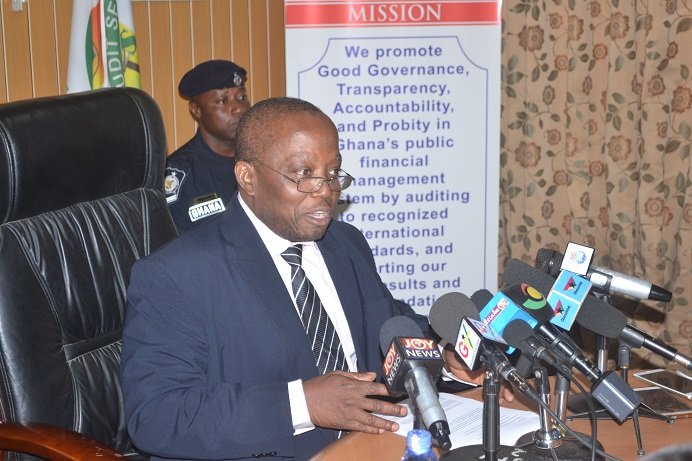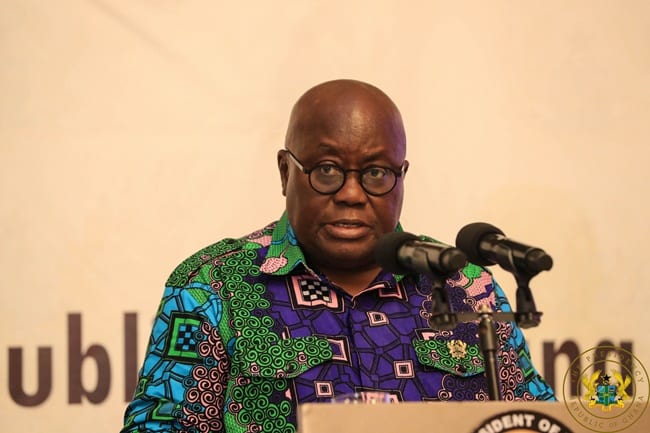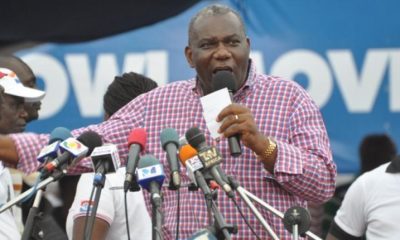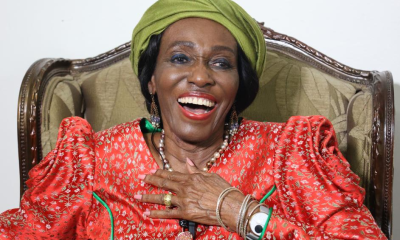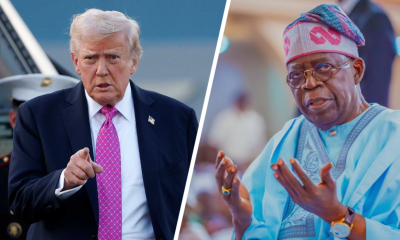With some 700,000 public sector workers expecting their compensation from the treasury, the government budgeted GH¢13,955,740,709 for salaries and emoluments, but by the end of the 2016 financial year GH¢15,113,039,498 had been spent.
The government estimated to pay interest of GH¢10,490,266,111 but ended up paying GH¢12, 960,355,281 (GH¢ 2,470,089,170 extra).
According to the government’s projections, GH¢50 million was to pay for subsidies, but it ended up spending a little over GH¢97 million (GH¢47,000,989 more).
Additionally, the revised budget projected other expenses to cost the public purse GH¢903,015,636 but GH¢1,430,758,680 was spent (GH¢527,743,044 more).
The Auditor-General’s review of the 2016 financial statements also showed that four ministries, departments and agencies (MDAs) — the Ghana Education Service (GES), the Ghana Health Service (GHS), the Ministry of Finance and the Office of Government Machinery (General Government Services) — exceeded their budget allocations by GH¢5,206,284,575.
Originally, the government budgeted almost GH¢131 million as compensation for the GES but revised it to a little over GH¢3.3 billion. However, by the end of the year, a little over GH¢5 billion was spent (GHc1.7 billion more).
For the GHS, a little over GH¢837 million was originally presented to Parliament, which was later revised to a little over GH¢909 million. But at the end of 2016, almost GH¢1.3 billion had been spent (over GH¢385 million more).
The case of the Ministry of Finance was not different. It started with close to GH¢14.6 million, which was revised to a little over GH¢8.2 million but ended the year with a little more than GH¢41.7 million (over GHc33.4 million more)
The highest overrun was at the Office of Government Machinery, which originally budgeted a little more than GH¢768.1 million, which was adjusted upward to almost GH¢3 billion but, typical of an election year, ended up spending more than GH¢6.1 billion (a difference of more than GH¢3.1 billion).

Monitor
According to the Auditor-General, the excess expenditure was as a result of failure by the Budget Division of the MoF to ensure that approved activities were regularly monitored and reviewed against the approved budget.
He, therefore, recommended that the Budget Division of MoF strengthened its monitoring functions to ensure that all MDAs operated within their approved budget.
MoF’s response
Responding to the Auditor-General’s query, the Ministry of Finance stated that revenue projections were based on assumptions, which were out of its control.
“As a developing country, we are sometimes affected by external economic factors that affect us adversely. On the expenditure side, the overrun in compensation was the result of financial clearance granted to the ministries of Education and Health and the consequent payment of salary arrears which was over and above the provision made for the year,” it said.
It said the government was putting in mechanisms such as strengthening expenditure controls, improvement in revenue mobilisation and ensuring fiscal discipline.
The explanation notwithstanding, it said “the ministry will put measures in place to strengthen monitoring mechanisms to ensure that there is improvement and credibility in the national budget in subsequent years.
Big allocations, little releases
Although government’s spending shot up, the report stated that a review of the classification of expenditure by cost centres indicated that most of the MDAs’ budget on goods and services was not met, as their actual releases were far less than their budget, leading to a huge shortfall.

